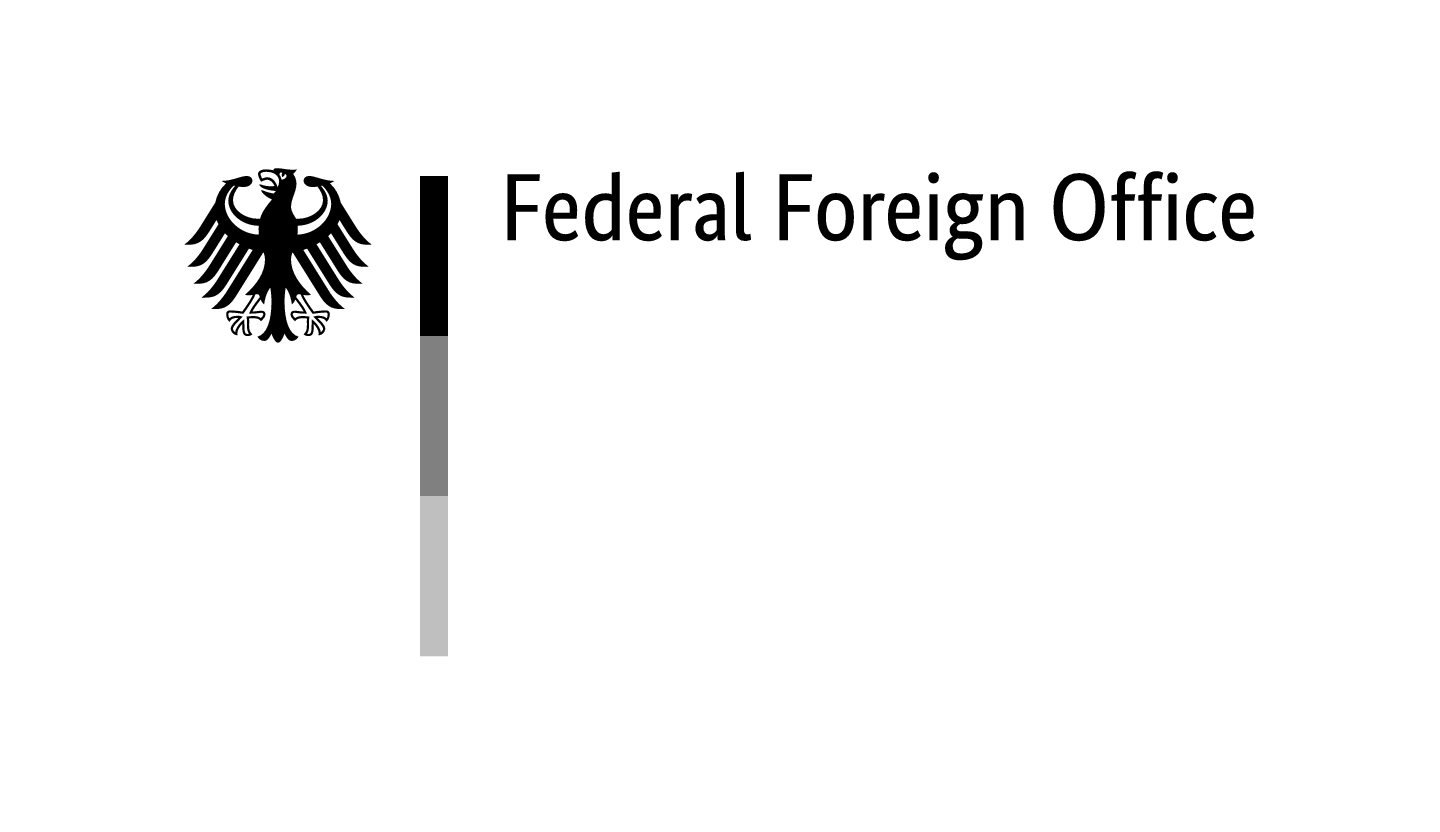Iakovlevo, a village in Tomarovka raion, Kursk oblast, Russia, which has been part of Iakovlevo raion, Belgorod oblast, since 1954, was occupied by the Wehrmacht on 25 October 1941 as part of the German war of aggression against the Soviet Union (‘Unternehmen Barbarossa’). The village was located in the area of Army Group South [German: Heeresgruppe Süd].
According to Soviet investigations, a ‘retaliation unit’ [karatel’nyi otriad], probably a sub-commando [German: Teilkommando] of Sonderkommando 4a of Einsatzgruppe C, was stationed in the village between November and December 1941. It controlled the civilian traffic passing through, which consisted of refugees, scattered Red Army soldiers in civilian clothes and returning residents whose evacuation had failed.
Shootings had taken place regularly, with the bodies being thrown into a ravine and a well. In the spring of 1942, the five metre deep well was filled to the brim with corpses and clothing. Among the victims was a group of Roma from a tabor [literally ‘Gypsy camp’], consisting mainly of women, children and elderly people.1GAKO, f. R-3605, op. 1, d. 295, ll. 45-47, Interrogation of the witness Ivan Stepanovich Nabokov from Iakovlevo by the Extraordinary State Commission, 29 August 1943. At the beginning of 1942, the retaliation unit was withdrawn from the village and replaced by a gendarmerie unit.
The Extraordinary State Commission was unable to find out more details about the number of victims or their names or the exact time of the murders.




